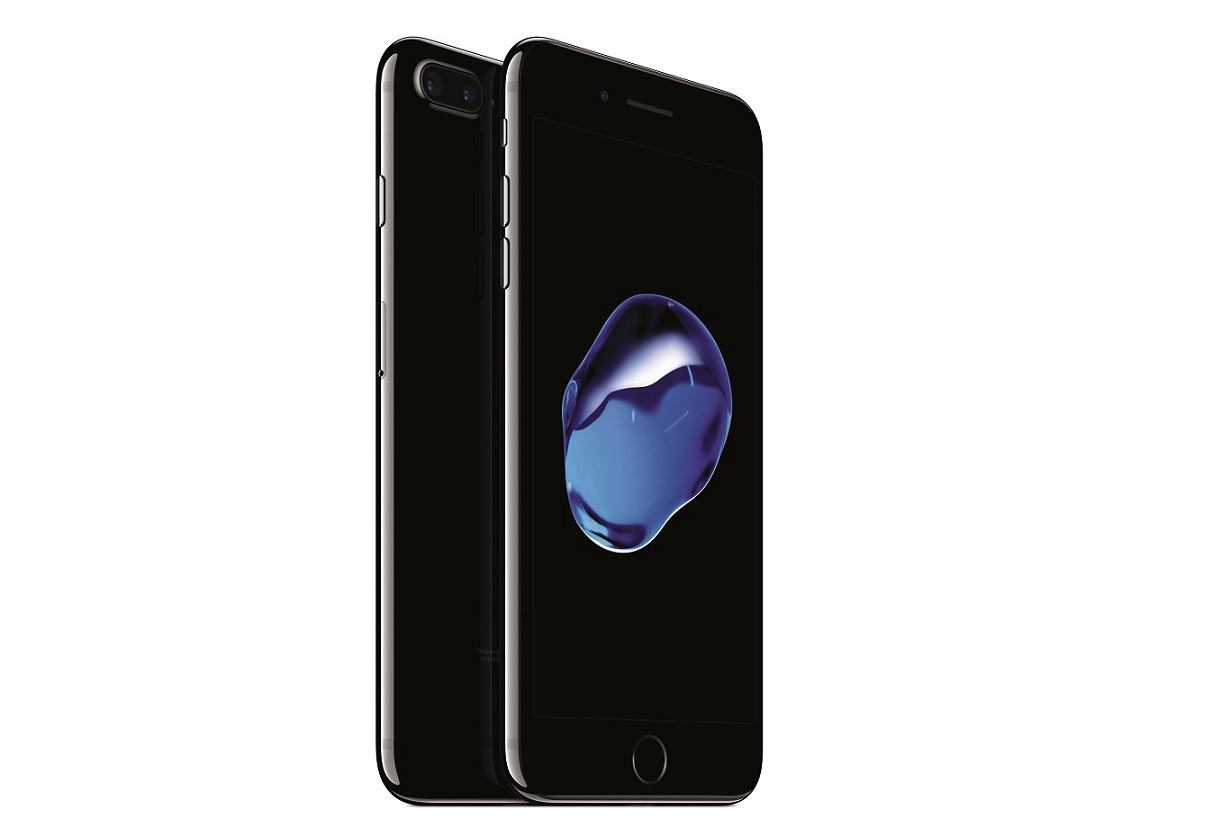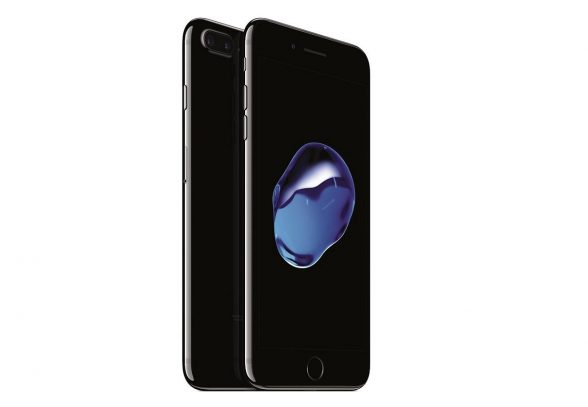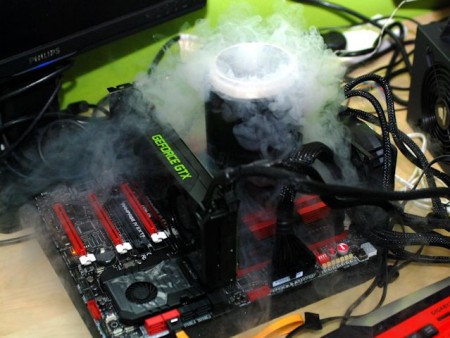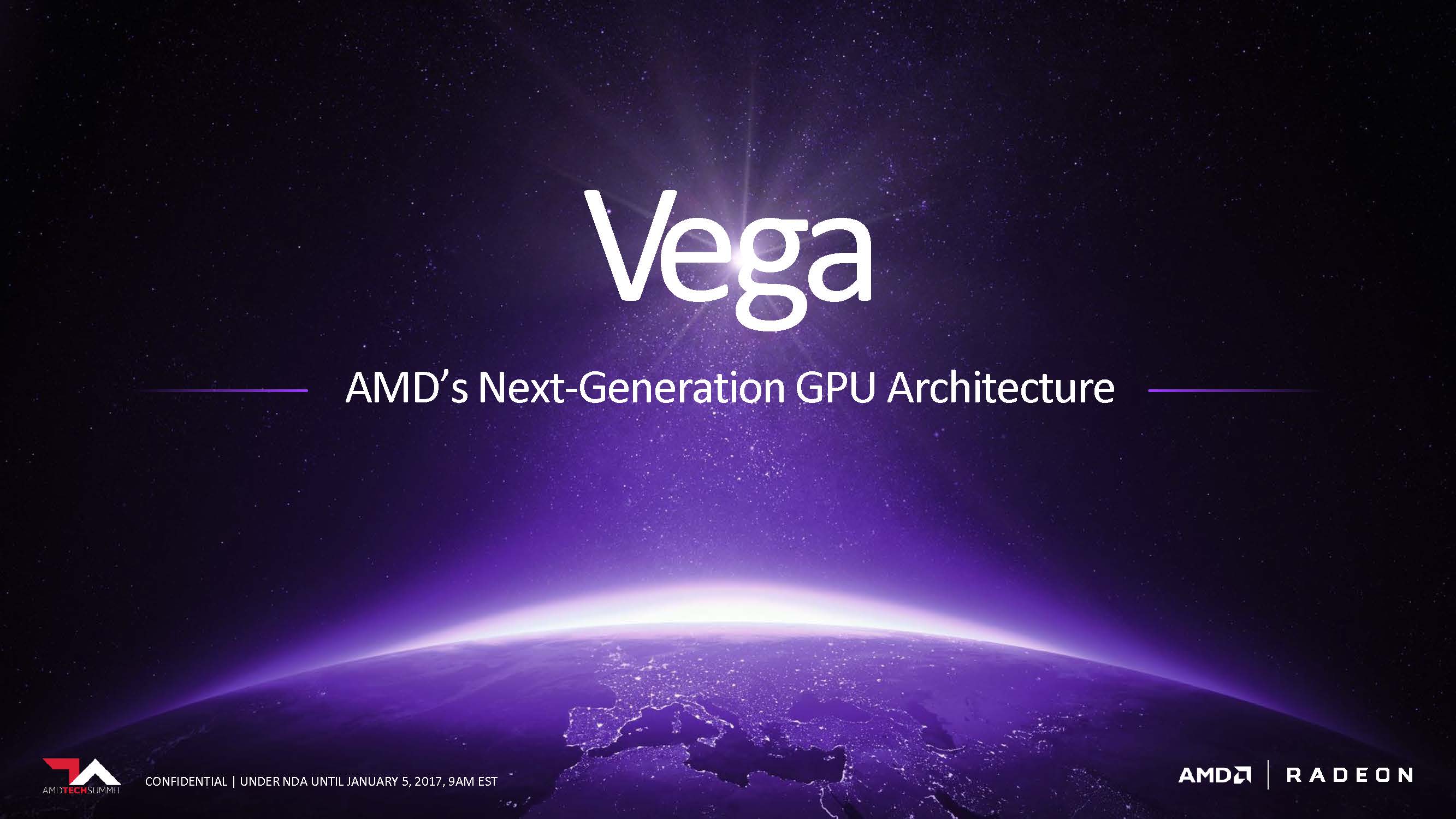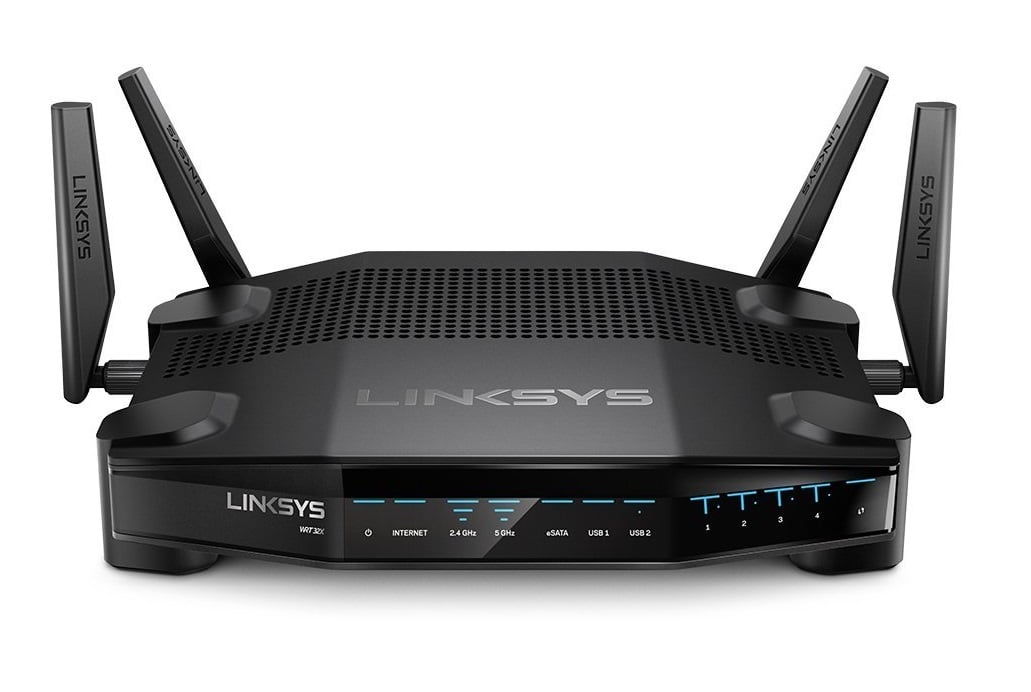Remember several days ago we reported that NAND on the iPhone 7 and 7 Plus is being dual sourced from Toshiba and SK Hynix? Remember how the iPhone 7 256GB is carrying Toshiba 48-Layer 3D NAND while the iPhone 7 32GB is carrying SK Hynix 2D Planar NAND? Well, looks like the type of NAND and NAND vendor may not be the only difference.
According to a report from GSMArena, the iPhone 7 Plus 32GB has a storage subsystem that’s substantially slower than the one found in the iPhone 7 128GB.
How slow you might ask? Well, taking a look at this chart, the difference is pretty massive, especially when it comes to write performance. Here we can see that the iPhone 7 Plus 32GB only scored a meager 39.6 Mbytes/s while the iPhone 7 128GB scores 308 Mbytes/s. That’s an 8x difference in performance! Read performance was also a huge although nowhere near the difference in writes. In reads, the iPhone 7 Plus 32GB scored 691 Mbytes/s whereas the iPhone 7 128GB scored 926 Mbytes/s.
Ultimately these are just numbers, but what does this translate into in the real world? In the 5 minute 4K video copy test, the iPhone 7 128GB is able to copy the video in just 17 seconds while the iPhone 7 Plus 32GB takes 52 seconds. That’s a 3x difference! Currently it’s unknown why this is happening, but generally in SSDs we do see faster performance in higher capacity drives simply due to the improved parallelization of having more NAND dies onboard. If Apple is using 128Gb (16GB) dies in the 32GB model, it’ll only have 2 NAND dies to write to in parallel with whereas the 128GB model will have 8.
Do you own an iPhone 7 or 7 Plus? Have you benchmarked it yet? What are your scores? (PassMark, BaseMark) Let us know in the comments below!
Source: GSMArena

